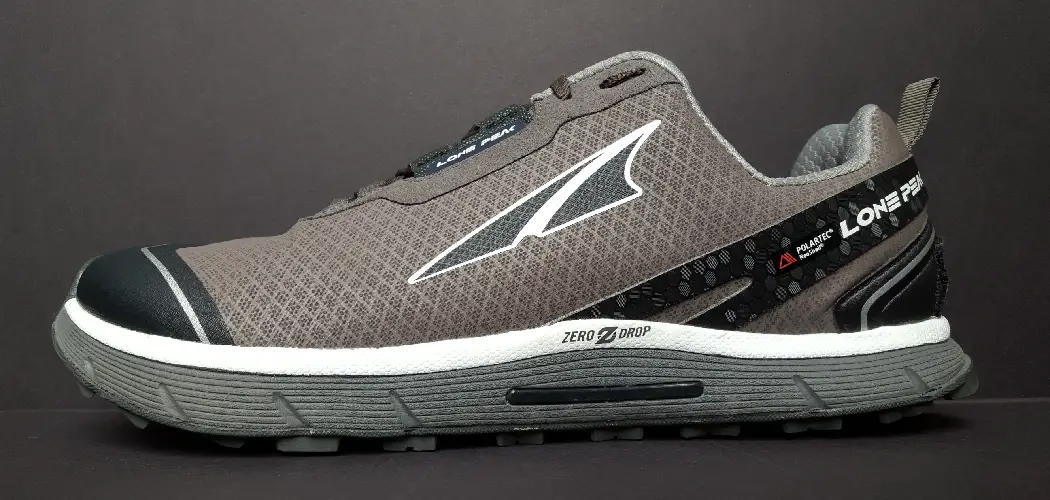Zero-drop shoes have become increasingly popular in recent years as more people become aware of the benefits they offer. When walking in zero-drop shoes, your feet and ankles are better aligned with the ground, creating a more balanced posture that promotes healthy movement. This type of shoe also reduces strain on your calves, allowing your muscles to work more efficiently while walking.
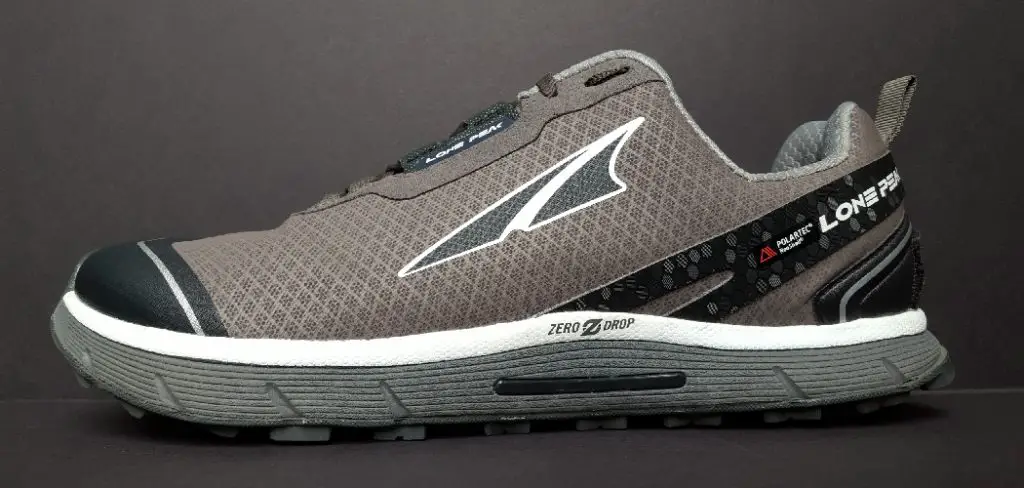
Zero-drop shoes offer a number of advantages compared to traditional running and walking shoes. The primary benefit is that they encourage a more natural gait, which can lead to fewer injuries and improved balance. Additionally, zero-drop shoes put less strain on the joints, creating a more comfortable walking or running experience. In this blog post, You will learn in detail how to walk in zero drop shoes.
Step-by-Step Processes for How to Walk in Zero Drop Shoes
Step 1: Inspect the Shoes
Before you even think about walking in a pair of zero-drop shoes, it is important to make sure they fit properly. Try the shoes on and walk around for a few minutes to get an idea of how they feel on your feet. Also, inspect the shoe’s sole to ensure it has enough support. Make sure to cushion the shoes.
Step 2: Wear comfortable and supportive Socks
Wearing the wrong type of sock can really affect how your feet feel when you’re wearing zero-drop shoes. Try to find socks that are made of breathable material and provide enough cushioning for your feet. Avoid thick or bulky socks, as they can make it harder to move around.
Step 3: Start with Short Walks
When you start wearing zero-drop shoes, starting slowly and building your way up is a good idea. Try taking short walks in them during the day before walking for longer distances. This will give your feet time to adjust and get used to the lower heel-to-toe ratio of the shoes.
Step 4: Walk on Soft Surfaces
It’s best to start walking in zero-drop shoes on softer surfaces such as grass or sand. This will help cushion your feet and reduce the impact of each step. As you get more accustomed to the feel of the shoes, you can start walking on harder surfaces.
Step 5: Increase the Distance Gradually
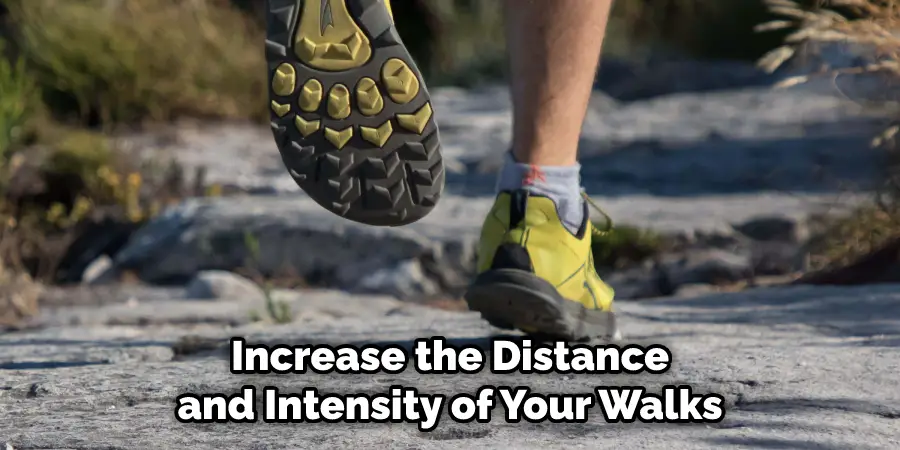
Once you’ve been consistently walking in your zero-drop shoes for a few weeks, it’s time to slowly increase the distance and intensity of your walks. This will help your feet adjust and strengthen over time. Don’t be afraid to push yourself, but make sure you’re still paying attention to how your feet feel.
Step 6: Take Breaks When Needed
It’s important to take regular breaks when walking in zero drop shoes. If your feet start feeling uncomfortable or fatigued, it’s best to stop and give them a rest. Find a bench or a spot on the ground to sit down, take off your shoes, and stretch your feet for a few minutes before continuing.
Step 7: Listen To Your Body: and take
The most important thing minutes you can do when rest walking in. This zero will help prevent any shoe’s potential injuries and listen to your body. Pay feet attention to feeling any signs and off discomfort or pain, and take a few minutes to rest if needed. Using orthotics such as insoles or arch supports can help provide extra cushioning and support for your feet when walking in zero drop shoes. Take the time to find the right type of orthotic for you so you can get the most out of your shoes.
Step 8: Wear Your Shoes Around the House
It’s also a good idea to wear your zero-drop shoes around the house for a few minutes each day, as this will help you get used to them and help strengthen your feet over time. Ensure you wear the right type of socks and orthotics when doing this.
Finally, don’t forget to enjoy your walk! As long as you are listening to your body, walking in zero drop shoes can be a great way to strengthen your feet and get some exercise. So find a nice path and enjoy the feeling of walking in your zero drop shoes.
Tips for How to Walk in Zero Drop Shoes
- Start slowly with a gradual transition to zero drop shoes. Begin by wearing them for short periods of time, such as during part of the day or a few hours at a time.
- Take your time when transitioning to zero drop shoes. Slowly increase the amount of time you wear them each day or week until you are comfortable.
- Choose shoes that are suitable for your feet and provide the right amount of cushioning. You might want to consider purchasing a pair of shoes specifically designed for zero-drop activities.
- Talk with a physical therapist or podiatrist if you experience any pain or discomfort while wearing zero-drop shoes. They can give you advice on the best type of shoes to wear.
- Ensure you have flat, flexible, and shock-absorbing insoles in your zero drop shoes.
- Strengthen your feet by doing exercises like walking barefoot on grass or sand and using an arch roller or foot massager for extra support.
- Try different types of terrain when walking. This will help you get used to the feel of the zero-drop shoes and keep your feet from getting too tired during a long walk.
- Let your feet rest after a long day of wearing zero drop shoes. Taking breaks throughout the day can help reduce fatigue and give your feet time to recover.
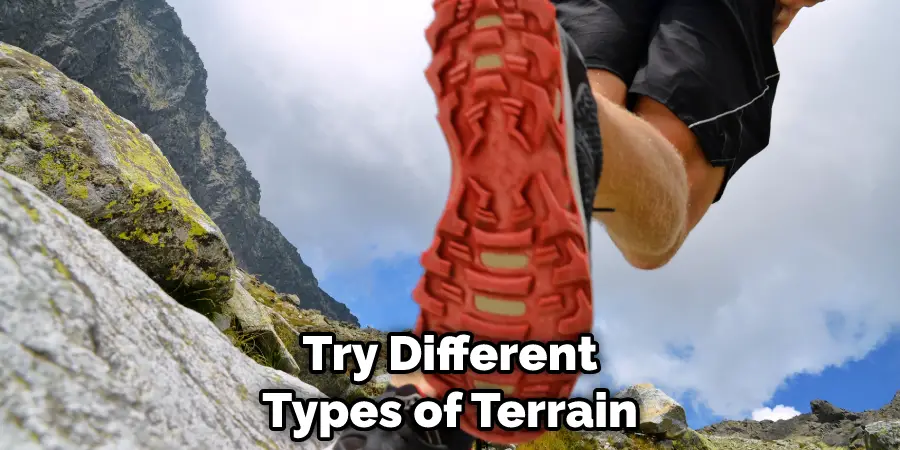
Following these tips can help ensure an enjoyable and safe experience when walking in zero drop shoes. With the right footwear, you can enjoy the health benefits of this type of shoe without any pain or discomfort.
Are There Any Risks Associated With Wearing Zero Drop Shoes?
Yes, there are risks associated with wearing zero drop shoes. When transitioning to a lower heel-toe offset shoe, it is important to allow your body time to adjust and avoid strenuous activities that can cause foot and calf injuries. Overdoing it, in the beginning, could lead to sore feet, ankles, calves, and even the back due to improper alignment.
It is important to remember that the muscles in your feet, ankles, and calves need time to adapt to a different type of sole. This can take weeks or even months, depending on the individual.
To ensure that you safely transition into zero-drop shoes, start with short walks while gradually increasing the duration and intensity of physical activity. If any pain or discomfort is felt while wearing zero-drop shoes, it is best to cease physical activity and consult with a healthcare professional.
Doing so can help identify the source of the issue and provide guidance on properly transitioning into zero drop shoes. It is also important to be mindful that some activities may not be suitable for those wearing zero drop shoes, so consult a professional if you are unsure.
How Do You Care for Your Zero Drop Shoes?
Once you’re used to walking in zero drop shoes, practicing proper care for them is important. First, remember that water and leather do not mix. If your zero drop shoes get wet, take a cloth and gently dab the moisture away.
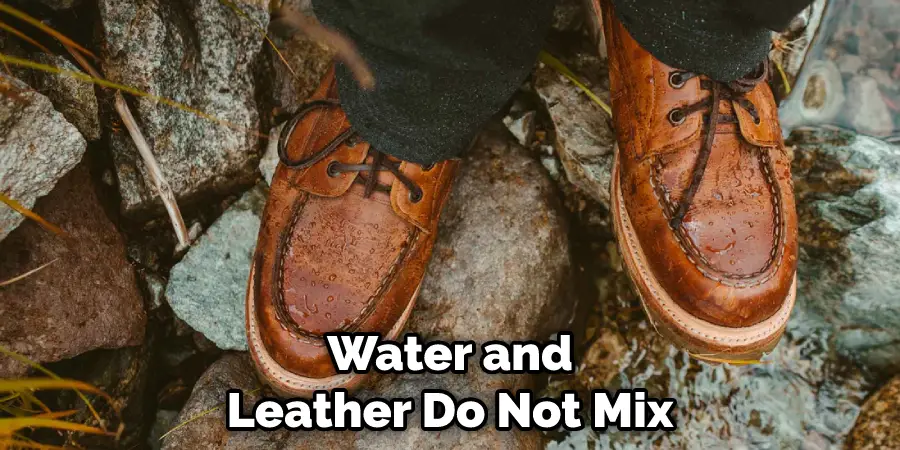
Do not attempt to dry them with heat or harsh chemicals, as this can damage the materials and cause them to break down. It’s best to let them air dry in a well-ventilated area away from direct sunlight.
Another important part of proper care for zero drop shoes is cleaning the soles. Make sure to use a brush or cloth with soap and warm water to remove all dirt and debris. Once they are dry, apply a shoe protector spray to keep them safe from water and other liquids.
Finally, make sure to replace the insoles regularly. As you wear your zero-drop shoes, the insoles will become worn out over time, so you’ll need to replace them with fresh ones in order to maintain comfort and proper cushioning for your feet. Doing this will also help keep your shoes in good condition for longer, helping them last even longer.
Are There Any Other Benefits of Wearing Zero Drop Shoes?
In addition to the advantages of improved posture and balance that come with adopting a zero-drop stance, there are other benefits that can be derived from wearing shoes.
Because they force you to stand naturally, these shoes may reduce the strain on your feet, hips, and back. The sole may also help to absorb shock better, as they are designed with a flatter shape and wider surface area. This can be especially useful if you do any kind of fast-paced exercises, such as running or jumping, where the greater cushioning will help reduce the risk of injuries.
If you are still unsure about transitioning to zero-drop shoes, it may help to slowly transition your feet into the new type of shoe by wearing them in shorter periods of time at first and gradually increasing the length of wear.
Doing this will help ensure that your feet can adjust properly and with minimal discomfort. With the advantages of improved posture, balance, shock absorption, flexibility, and more that come with wearing zero-drop shoes, it may be worth trying this type of footwear for yourself.
Conclusion
In conclusion, walking in Zero Drop shoes can greatly improve your posture and reduce strain on your feet, legs, and back. It is important to take the time to get used to them if you are making the switch from traditional shoes, as it will feel different when you start out.
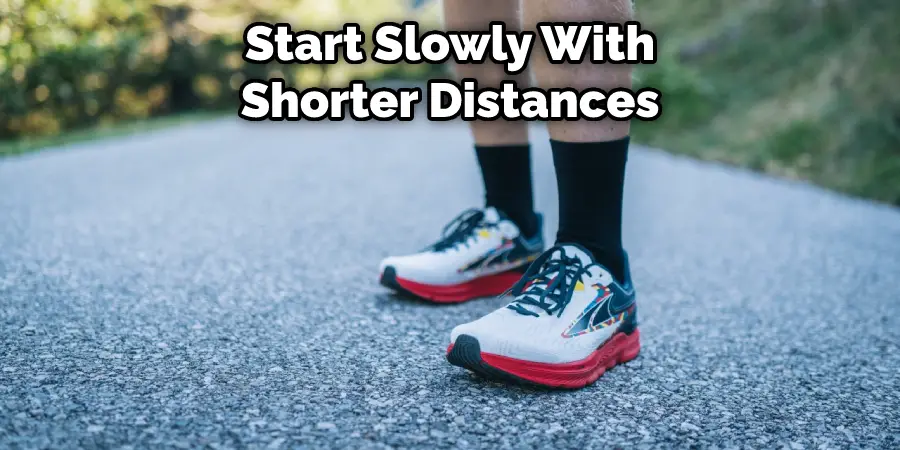
Make sure that you start slowly with shorter distances or times and gradually increase as you get comfortable. Additionally, be sure to buy the right shoe for your feet to have a more comfortable experience.
With patience and time, zero drop shoes can provide you with an improved walking experience and better long-term health benefits. I hope this article has been beneficial for learning how to walk in zero drop shoes. Make Sure the precautionary measures are followed chronologically.

